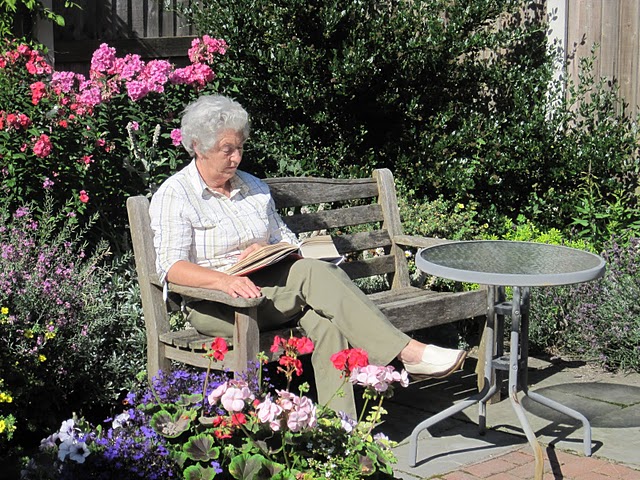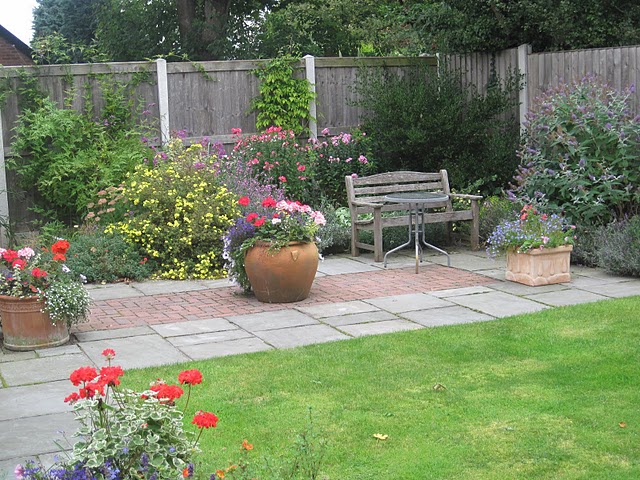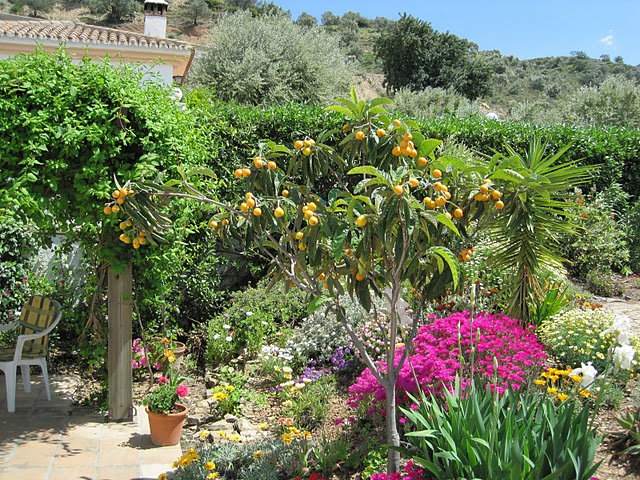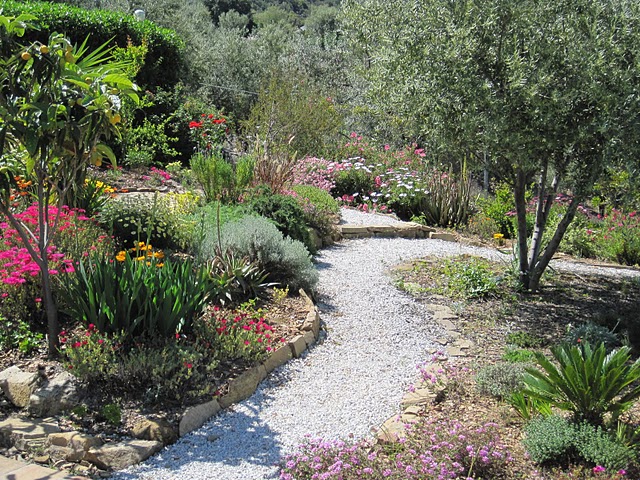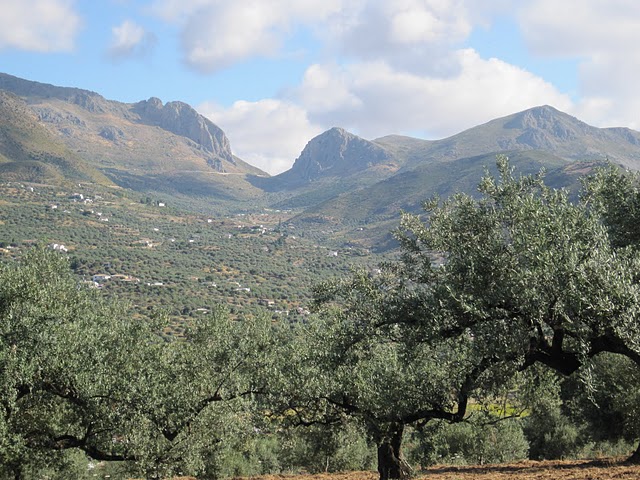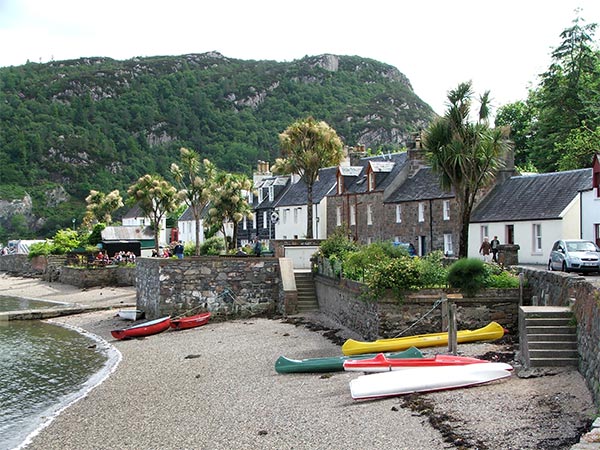 My parents are both keen gardeners and their love of beautiful gardens has rubbed off on me. (Although, sadly, the knowledge of how to do it hasn’t. I feel I ought to know far more than I do.)
Gardening is a great British enthusiasm. Britain is an island so there is plenty of rain brought over by the Atlantic winds; and it has a temperate climate, which means that is rarely either very hot or very cold.
My parents are both keen gardeners and their love of beautiful gardens has rubbed off on me. (Although, sadly, the knowledge of how to do it hasn’t. I feel I ought to know far more than I do.)
Gardening is a great British enthusiasm. Britain is an island so there is plenty of rain brought over by the Atlantic winds; and it has a temperate climate, which means that is rarely either very hot or very cold. 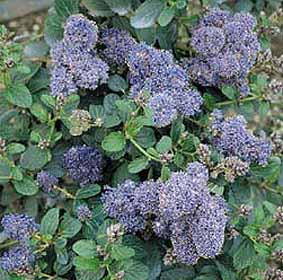 The absence of prolonged extremes means that a surprisingly large number of varieties of plants will flourish, including plants that one wouldn’t perhaps initially associate with Britain. For example, you see palm trees in Western Scotland, where the gulfstream hits the coast. Once, when I visiting my brother who lives in California, I was surprised to discover that the ceanothus, a beautiful blue shrub that I remember from our garden at home in Cheshire, was growing wild in the hills above the Bay Area. It is indigenous to the region. I was told once several years ago that there are upwards of 100
The absence of prolonged extremes means that a surprisingly large number of varieties of plants will flourish, including plants that one wouldn’t perhaps initially associate with Britain. For example, you see palm trees in Western Scotland, where the gulfstream hits the coast. Once, when I visiting my brother who lives in California, I was surprised to discover that the ceanothus, a beautiful blue shrub that I remember from our garden at home in Cheshire, was growing wild in the hills above the Bay Area. It is indigenous to the region. I was told once several years ago that there are upwards of 100  common varieties of ceanothus available to gardeners and approximately 70% of them have been cultivated in the British Isles.
common varieties of ceanothus available to gardeners and approximately 70% of them have been cultivated in the British Isles.
Mum and Dad are now retired and they spend the winter and much of the spring in Spain (along with several million other expats). Several years ago, once the four children had left home, there was no longer any need for the large house that I grew up in. This was sold and they bought a smaller one nearby in England, and taking advantage of the much lower property prices another small place in southern Spain (in common with many British retirees). This left them with the task of developing two small gardens.
The English garden is planted out with shrubs and herbaceous borders and although only about three years since they moved there, it is beginning to look established now. It is the planting of the little Spanish garden though that I find particularly interesting.
Many of the British people who have moved to Spain in the last 15 years, have tried to establish gardens there too. Their approach is to try to recreate a bit of English garden. But an English garden is always thirsty. So when I visit I see neighbours of my parents out every evening holding hosepipes that trail back to a tap on the house as they water annuals such as petunias copiously. If they did not do this, everything would die. My parents approach was slightly different. It was designed like at English garden, which is what they knew, but planted with indigenous plants, so that they would flourish without watering. My Dad explained to me that usually they have to water when they put the plants in, but once each plant is established, it just takes care of itself. This means also that there are no worries about the plants dying when Mum and Dad are back in England and can't care for them.
As a result, people in Spain have started to ask my Dad for advice. And its not just the expats – its the Spaniards as well. They are not used to seeing a garden like this, which is the English cottage garden style, so they are curious.
Pictures below are first, of the garden in England (graced by Mum, sometimes taken by surprise!) and the second set are in their garden in Spain.
and now Spain...
The view from the garden, over the olive groves to the mountains in the distance...
And just in case you didn't believe me... here are some palm trees on the coast of the west of Scotland, further north than James Bay in Canada


